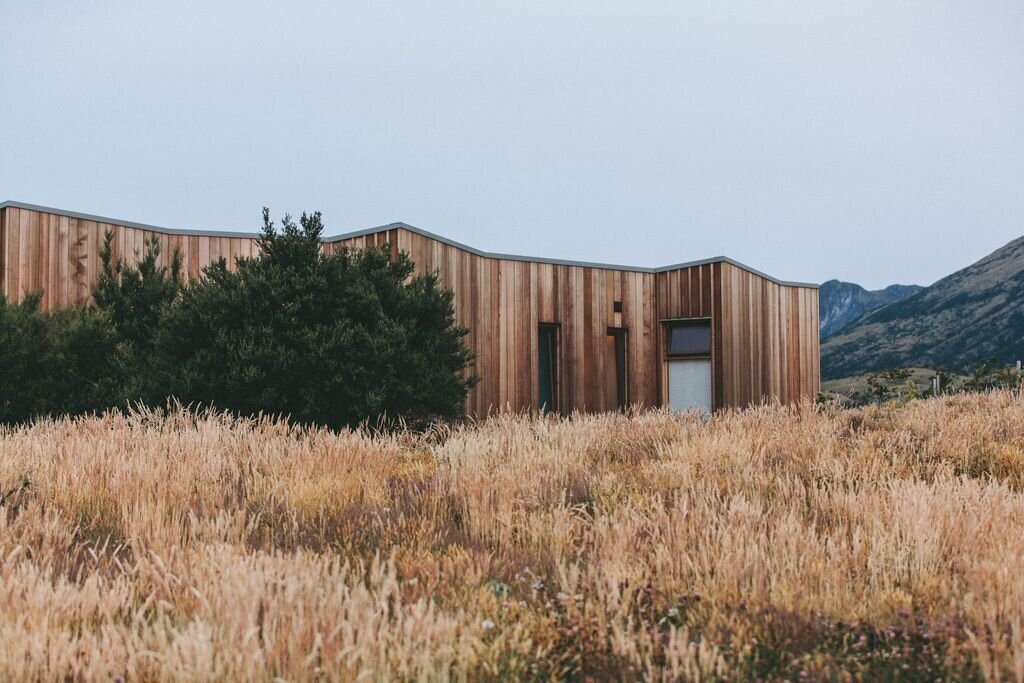
Make it stand out
family therapy
2. White – Intro blurb
Families go through seasons of closeness and seasons of tension. Even the healthiest families can hit points where communication breaks down, emotions run high, and small conflicts grow bigger than they need to be. Family therapy provides a space for everyone to be heard, to understand one another better, and to begin moving forward as a team. It is not about placing blame. It is about creating space for connection, understanding, and growth.
3. Bold – Why families seek therapy
Family life is filled with transitions — from kids growing into teens, to blending households, to handling stress at work and school. These shifts can leave families feeling stuck in cycles of conflict, silence, or disconnection.
You may be considering family therapy if:
Communication often turns into arguments or shutdowns
Parenting approaches feel misaligned
Sibling conflict is constant and draining
You are navigating divorce, remarriage, or blending families
Stress outside the home is spilling into family relationships
You want to strengthen bonds and create a calmer home environment
Family therapy makes it possible to pause, unpack what is happening, and practise healthier ways of relating to one another.
4. White – How family therapy helps build connection and understanding
In family therapy sessions, everyone has a seat at the table. The focus is on creating safety so each voice can be heard, and on building practical skills that can be carried back into daily life. Sessions may involve exploring patterns, learning new communication strategies, or practicing problem-solving together.
My approach is:
Neutral: supporting the whole family without “taking sides”
Strengths-based: noticing what your family already does well and building from there
Trauma-informed: creating an environment of safety and respect for every member
Collaborative: working with each person to set goals and create meaningful change
5. Bold – What to expect in the therapy process
Family therapy starts with an intake form and discussion about what has been happening at home and what you hope will change. From there, we create a plan that makes sense for your family. Sometimes sessions include everyone at once, while other times it helps to work with a smaller group or pairings (for example, parent and teen, or siblings together).
Sessions may involve:
Practising new communication and listening skills
Exploring family roles and patterns
Addressing conflict in a safe and guided way
Strengthening routines and boundaries that support stability
Celebrating progress and growth along the way
It is normal for change to take time. Families often see ups and downs in the process, but each step builds momentum toward healthier patterns.
6. White – Outcomes you might notice
Families who participate in therapy often notice a shift toward calmer, more open communication. Over time, members may feel more understood and less defensive. Parents often describe feeling more united, while children and teens feel more heard. Conflict does not disappear overnight, but families leave with tools that make challenges easier to navigate. The overall goal is a stronger sense of connection and resilience as a family unit.
7. Bold – Practical details
Family therapy sessions take place in person at Little Tree Psychology in Sherwood Park or virtually within Alberta. Sessions are 75 minutes to allow enough time for multiple voices to be heard. Frequency depends on your family’s needs and goals, and can be adjusted as progress unfolds.
8. White – Ready to take the next step?
If you are considering family therapy, you do not need to wait until things feel unmanageable. This is an opportunity to strengthen your relationships and create a home environment that feels calmer and more connected.
Book a free 15-minute consultation today to explore whether family therapy is the right fit for your household.
[Book here]
